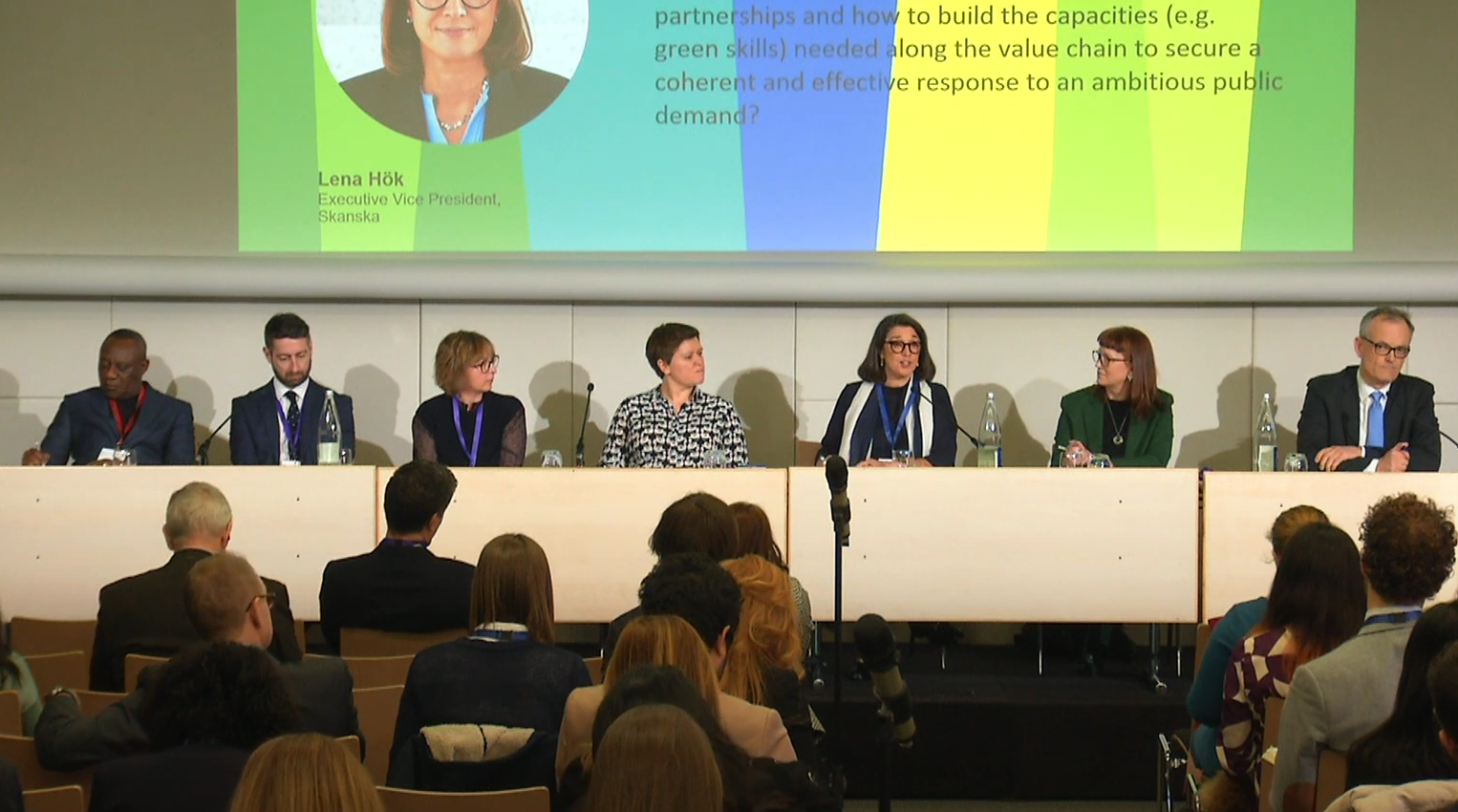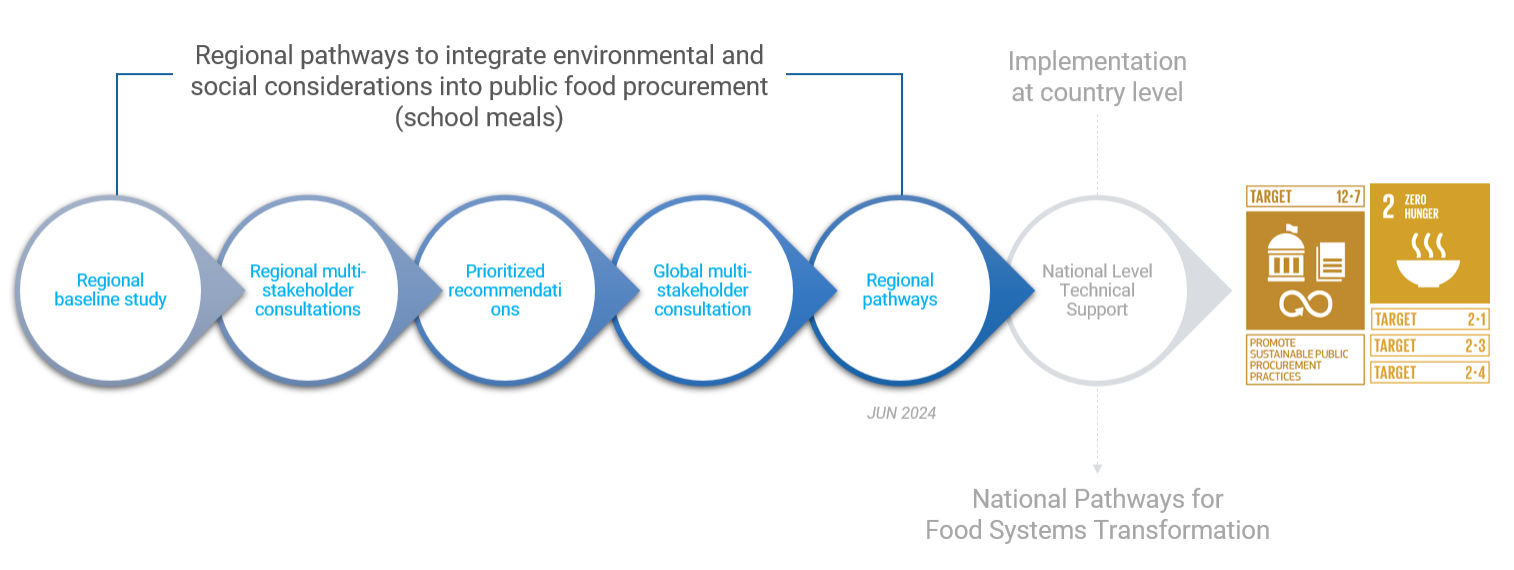Strategic material flows, important for material use within the planetary boundaries
The research question for this study is: "How can Sweden influence its material and resource flows in the food and construction sectors so that they become more circular and stay within the planet's boundaries?" This is in line with RE:Source's overall goal "to achieve sustainable material use and stay within planetary boundaries". Several reports show that these two social needs (infrastructure and food) are the most resource-intensive, and essential to adress.
The research question for this study is: "How can Sweden influence its material and resource flows in the food and construction sectors so that they become more circular and stay within the planet's boundaries?" This is in line with RE:Source's overall goal "to achieve sustainable material use and stay within planetary boundaries". Several reports (including Breitholtz & Roupé 2019) show that these two social needs (infrastructure and food) are the most resource-intensive, and essential to address.
The planetary boundaries provide a wide view of sustainability and define a safe operating space for human activity (Rockström et al. 2009). There are clear links between resource consumption, the pressure on these planetary boundaries, and also the prospects for achieving the sustainable development goals of the UN 2030 agenda (Breitholtz & Roupé 2019). Circular transition is therefore key in a transformation to sustainable development. This transition require that we set goals and implement measures that reduce society's total resource consumption. This needs to be based on a wider perspective – i.e. include more aspects – than today's waste-minimisation and climate focus, for example by also including effects beyond Sweden's borders and on biodiversity.
Effects:
Knowledge of in which areas full-scale innovations need to be forthcoming in 2030 for Sweden to maintain as clean and closed material flows as possible
Knowledge of which important investments Swedish actors must prioritize in order to be part of the circular adjustment to 2030
Goals
Identified at least three of the most important (most important in terms of economic value and environmental impact) material flows in the areas of food and building and plant constructions
Identified which types of actors are available for each identified material flow.
Results
Flows in Swedish society are analyzed with respect to environmental effects
Market needs
Visualize flows and where different actors are located.
What level of knowledge is required to be able to create a change.


